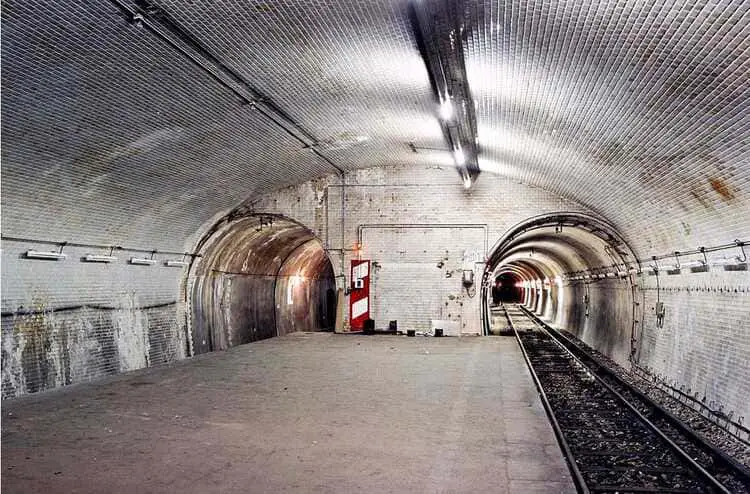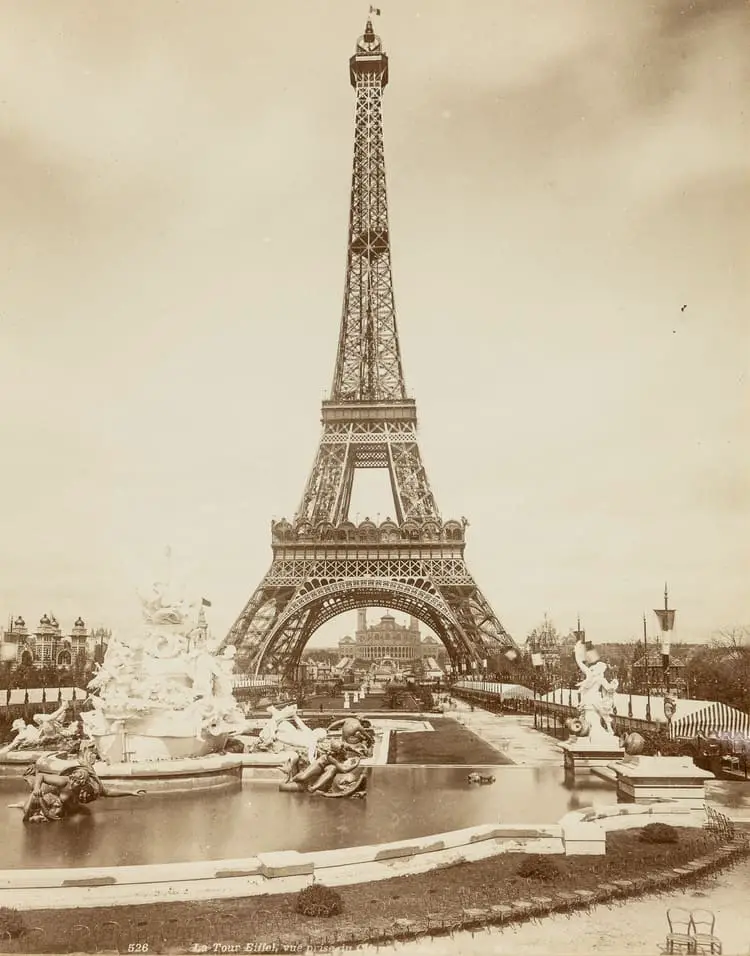The Eiffel Tower is Paris’s most famous landmark, sparkling at night and attracting millions of visitors each year. But since it opened in 1889, the Iron Lady has also been the scene of astonishing tragedies. The seven true stories below show the tower’s darker side, where daring bets, desperate acts, and fatal mistakes have all unfolded.
1 – The man who left only candles and clothes
Early on August 23, 1891, guards found a Parisian mechanic hanging inside the tower’s north leg.
He was completely naked. Next to the body lay his folded coat, trousers and three lit candles.
In one pocket he had tucked a brief will asking that his “fortune” – the clothes on the floor – be given to engineer Gustave Eiffel.
It was the tower’s first recorded death, barely two years after the grand opening.
2 – Franz Reichelt’s flying coat that didn’t fly
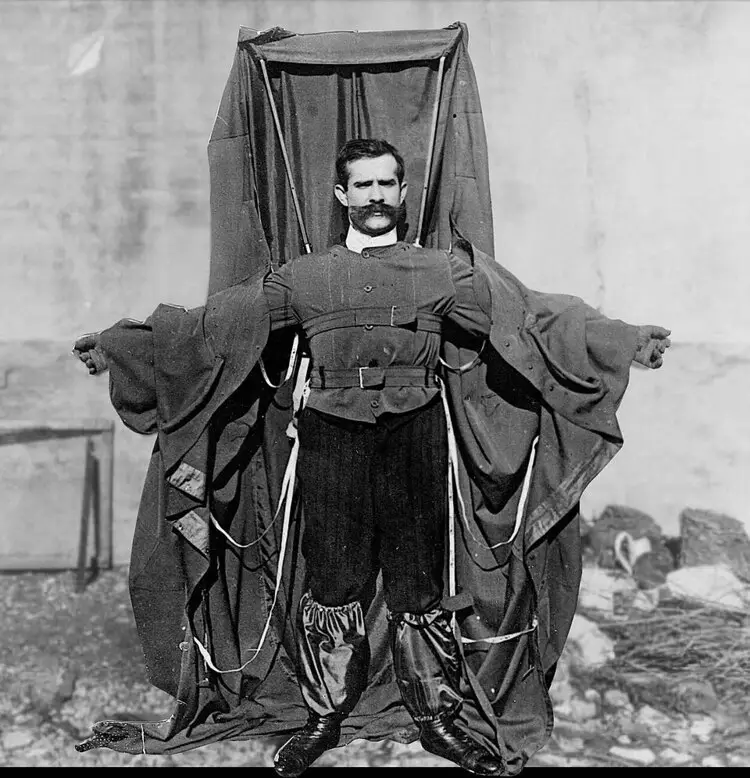
Tailor-inventor Franz Reichelt dreamed of a coat-parachute that could save pilots.
He got police permission to drop a dummy from the first platform (57 m up) but changed his mind.
On February 4, 1912 he climbed the stairs wearing the bulky suit, posed for reporters, hesitated 40 seconds, then jumped.
The cloth never opened. Legend says that he died of a heart attack before crashing, but it was never confirmed.
Cameras filmed everything, and newspapers nicknamed him “the Flying Tailor.”
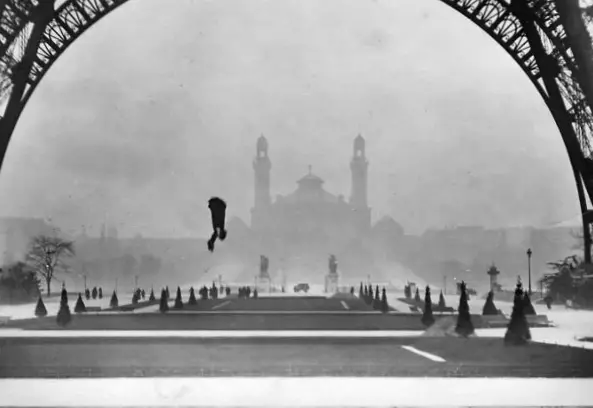
3 – A dare that burned a pilot alive

Reserve aviator Léon Collot boasted he could fly his Breguet-19 under the tower after an American friend teased French pride.
At 9:10 a.m. on February 24, 1926, he lined up in fog, slipped neatly between the north and west arches, but on the climb-out struck a radio-antenna wire.
The plane cartwheeled onto the Champ-de-Mars and burst into flames.
Photographers kept cranking their movie cameras while Collot, still strapped in, died in the fire.
4 – A murder-suicide in 1961
Just after 7 p.m. on May 14, 1961, 40-year-old Albert Dufourmentelle jumped from the second floor.
Police who searched his apartment on Rue Châteaudun discovered his wife Léonie stabbed to death.
Friends said Albert had been out of work for a year and suffered severe depression (then called “neurasthenia”).
The double tragedy shook Paris and prompted new calls for higher safety railings.
5 – The secretary who feared her wedding
A year earlier, a 24-year-old typist climbed the tower alone.
She was due to meet her fiancé’s family that week and had battled the same nervous illness noted in Albert’s case.
Overwhelmed, she stepped off the edge and fell to the plaza, canceling her wedding in the saddest way possible.
6 – Did a husband “accidentally” drop his wife?
On February 9, 1963, Spanish immigrants Francisco Toledo Pernia (31) and Dolorès (28) argued on the first floor.
Dolorès toppled over the rail and died instantly.
Two tourists swore they saw Francisco push her.
He first called it suicide, then admitted he had lifted her “just to scare her.”
A court later gave him five years for involuntary manslaughter, but many still doubt the fall was her idea.
7 – Modern stunts that ended in lunch-time silence
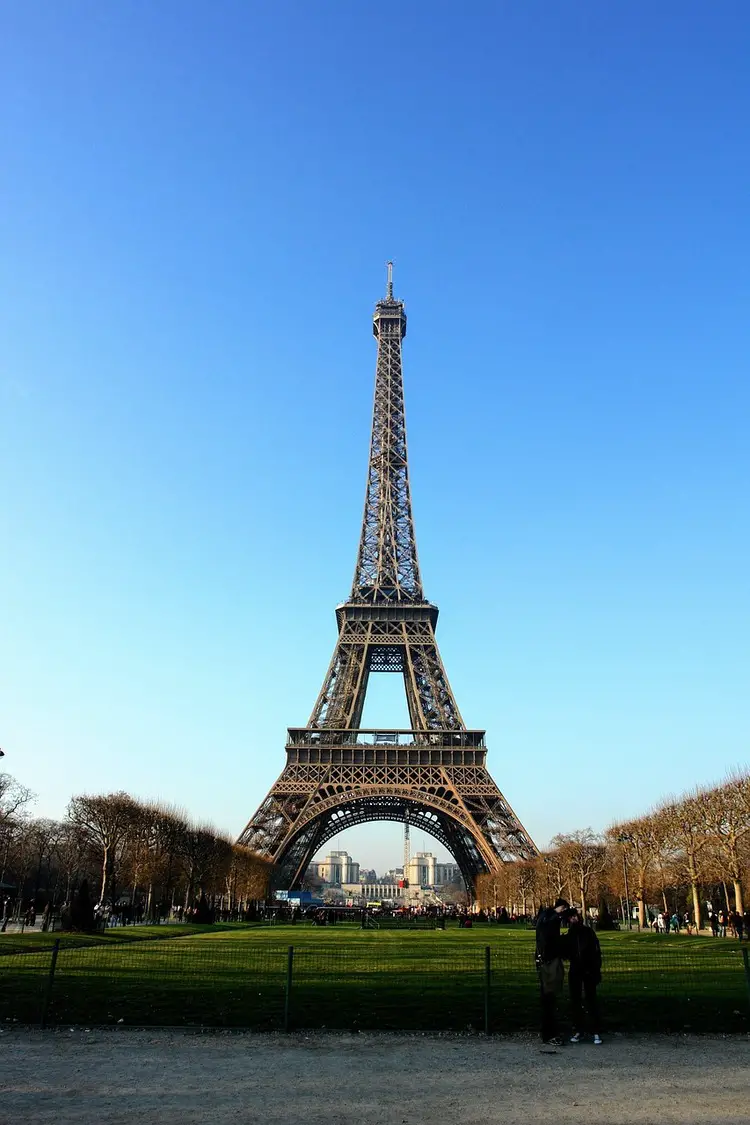
Safety nets added in the 1960s did not stop thrill-seekers.
- May 16, 2005: a 31-year-old Norwegian BASE-jumper hid a parachute and helmet-camera, jumped from the second deck, and got snagged on ironwork. The chute tore free, and he died on the first-floor gallery.
- June 25, 2009: a woman in her twenties slipped past a barrier on the second level and fell onto the patio of the first-floor restaurant. Shocked diners reportedly kept eating, not yet realizing what had happened.
The Eiffel Tower may be Paris’s symbol of romance, but these stories show it has also been a stage for risky bets, desperate acts and heartbreaking endings.

With a passion for travel and having visited over 50 countries, Dorian is eager to share his favorite spots and expert tips to help you explore Paris and France like a local.



